INTRODUCTION
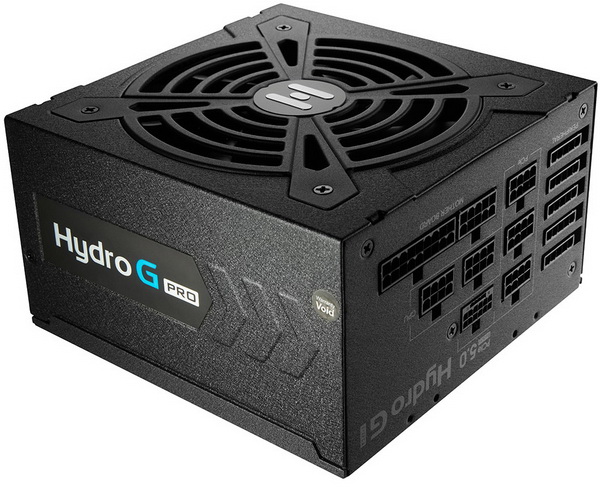
Even though modern ATX power supply units have been around for quite some time now the latest ATX 3.0 and PCIe 5.0 standards combined is arguably the most important update they've received in the last decade (if not more). Not only do these two standards allow for higher outputs and electrical efficiency, they also deliver cleaner and more stable energy to your hardware components thus making such units especially ideal for use with the latest (and upcoming) GeForce RTX and Radeon graphics cards. Up until even just 4-5 months ago there weren't really that many ATX 3.0 and PCIe 5.0 power supply units available in the market, today however they are and since we've had a steady stream of such models arrive in the lab lately today, I'll be taking a closer look at the upgraded Hydro G PRO 850W model by FSP.
FSP Group is one of the global leading power supply manufacturers. Since its establishment in 1993, FSP Group has followed the management conception “service, profession, and innovation” to continuously fulfil its responsibilities as a green energy resolution supplier. With the combination of its leading role in power supply technology and the cultivation of green energy field, FSP Group now provides more competitive quality products and makes itself the most reliable partner for customers, consumers, and suppliers with joint creation of maximized values.
As mentioned earlier the Hydro G PRO line first made its appearance roughly 5 years ago but FSP just upgraded that entire line to comply with the ATX 3.0 and PCIe 5.0 standards. So, the new Hydro G PRO line includes just two output models (850W/1000W) both of which are fully modular and are 80 Plus Gold efficiency certified (at least 90% electrical efficiency). The 850W output variant of the Hydro G PRO line which I’ll be testing today can deliver up to 850W of continuous power (986W peak - 1700W for up to 100ms, always according to the ATX 3.0 specs) and features a single strong +12V rail (70.83A) which can deliver the units entire power output (850W), active PFC, LLC half bridge topology, ECO semi-fanless mode (fan doesn't spin until 30% load), 100% Japanese capacitors, conformal interior coating for increased durability/endurance and several electrical protections including OVP (over-voltage), SCP (short-circuit), OPP (over-power), OCP (over-current) and OTP (over-temperature). As with past models FSP covers the entire Hydro G PRO line of ATX 3.0/PCIe 5.0 power supply units with a very generous 10-year limited warranty.
SPECIFICATIONS AND FEATURES

PACKAGING AND CONTENTS
Typically, the front of the box is taken by a large product picture, the company logo and several of the main product features.
At the top of the box FSP has once again printed all available modular power cables.
On the left side we find the power cord selection and an empty spot for where distributors place their stickers (strangely enough our sample is marked as the Korean version?).
The electrical table along with two graphs showcasing noise levels and efficiency are placed at the base of the box.
A second large picture located at the rear of the box is used to showcase the various features of the Hydro G PRO 850W model.
The unit is placed inside two pieces of black foam whereas the modular cables are placed inside a cloth storage bag.
Alongside the Hydro G PRO 850W inside the box you'll also find the power cable, modular power cables with their storage bag, tester, 3 cable straps, 4 mounting screws, 4 side stickers, manual and the user guide.
THE HYDRO G PRO 850W EXTERIOR
Aside the +12VHPWR cable which is braided every other is a low-profile (slim) one.
Measuring 150mm in length, 150mm in width and 86mm in height the Hydro G PRO 850W is your typical ATX model.
The 120mm FDB (fluid dynamic bearing) fan is located underneath a grille with the company logo at the center.
On both sides of the enclosure FSP has placed stickers with the model name on them (you can replace these with the bundled ones if they match your case/components more).
Turning the unit over we find a large sticker with the electrical table on it.
All 13 modular connectors located at the front of the enclosure are tagged and different in shape.
Moving at the rear we find the usual honeycomb perforation along with the eco and power on/off switches and the power port.
THE HYDRO G PRO 850W INTERIOR
Exactly like with past Hydro models the 120mm FDB fan is manufactured by PROTECHNIC ELECTRIC and can reach a maximum rotational speed of up to 2700RPM to produce up to 96.20 CFM of airflow with 40.6 dBA of noise.
The layout of the interior is quite clean and it's easy to see that FSP has used a total of 3 heatsinks.
Primary capacitors are manufactured by Nippon Chemi-Con and are certified for use up to 105 degrees Celsius.
Secondary capacitors are manufactured by both Rubycon and United Chemi-Con and are also certified for use up to 105 degrees.
TEST BED
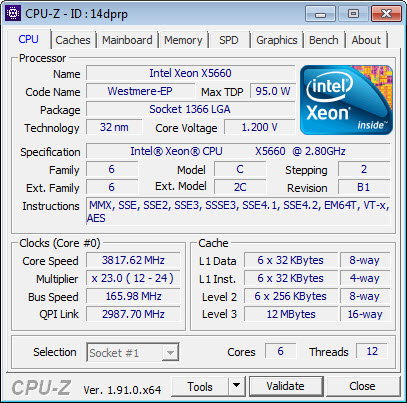

TESTING METHODOLOGY
Using a dedicated measurement instrument such as a Chroma or a SunMoon to test power supply units is without doubt the most ideal and accurate way (not to mention the fastest) to do that currently. However, it's certainly not the only way there is and so pretty much anyone can test a power supply unit just by using a test rig. Certainly, limitations do apply and so you can't really push a 1000W power supply to its limits if your system only uses 500W at peak loads and that's why over the years we saved certain hardware components for the purpose of building a dedicated PSU test rig. True it may not be as accurate as the above mentioned solutions but it comes really close and is in fact much closer to real world usage. So as always, we ran several games with maximum graphic options enabled at a resolution of 2560x1600 in order to stress every hardware component and increase the overall power demands of the system. The Passmark BurnIn Test was also used to overstress the components in an effort to provide the most accurate results possible. As a final test we also used the latest OCCT 4.4 software and its dedicated PSU testing suite since it can really bring a power supply to its knees after inside a few minutes.
Rail stability was checked/measured with the CPUID Hardware monitor and a Metex multimeter which also recorded the system load in idle and in load. As always try to remember that the power consumption numbers listed in the graph are the highest (Peak) ones recorded during the entire duration of the tests and not the average ones. Noise levels coming from the fan were recorded using the high precision HD600 ExTech Sound dBA Meter from the rear of the unit and at a range of no more than 5-10cm. Readings under load are recorded the exact moment we manually switch the fans of all graphics cards from full speed to almost zero, that way the fan of the power supply does not have enough time to slow its RPM and so by doing this we get very accurate noise level readings. Needless to say, in order to get 100% accurate readings, you need to have a noise isolated room for that exact purpose, something which is quite impossible unless you are working inside a real lab (some people use very small noise insulated boxes but due to their size both heat and noise exceed normal levels and so the results can't really be considered to be 100% accurate, nor realistic for that matter). Also do take into account that since all noise measurements take place from just 5-10cm away the final noise levels to reach your ears will be considerably less.
* After well over 10 years of testing PSUs the Intel Core i7-920 CPU of this rig failed and so we replaced it with a Xeon X5660 (we also swapped the GA-X58A-UD7 for the G1. Assassin).
TEST RESULTS



CONCLUSION
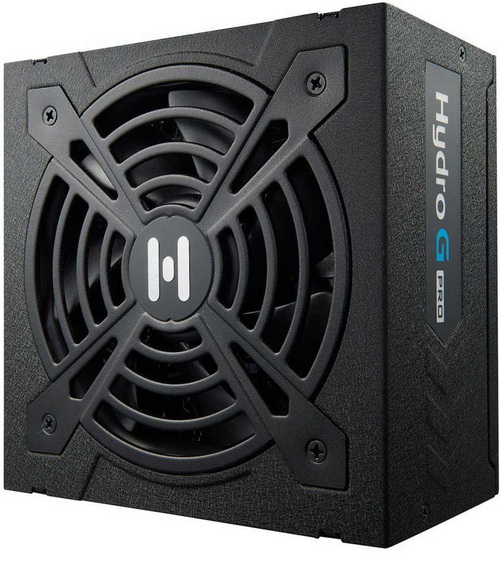
Just like the MSI MPG A1000G the Hydro G PRO 850W is a mid-end power supply unit that features the 80 Plus Gold electrical certification. This basically means that it may not be quite as good as Platinum and Titanium models (although not many right now are ATX 3.0 ones) but it performed very well during my tests. Rail stability is very good, the semi fan-less model works as advertised (although it was used out of curiosity and not for my tests/measurements) and in terms of build quality well you’re getting what you’d expect from an FSP unit. Noise levels are somewhat increased (even at just 758W so I imagine at 850W it should increase a bit more) so this isn’t an inaudible unit, still at 758W load chances are the rest of your system (CPU/GPU cooler) will mask noise coming from the PSU.
As I type these lines the Hydro G PRO 850W ATX 3.0 power supply unit by FSP retails for USD149.99 inside the USA (Amazon.com) and for around 160Euros inside the EU, a price tag which is quite balanced for such a model. Overall, I have nothing bad to say about the Hydro G PRO 850W ATX 3.0 by FSP, yes, it may not be at the top of its class nor is it the best ATX 3.0 PSU in the market today but it does deliver very good performance across the board and on top of that it’s covered by a 10-year limited warranty so for all of these it gets the Golden Award.

PROS
- Build Quality
- Very Good Rail Stability
- ATX 3.0 & PCIe 5.0
- 80 Plus Gold Certified
- Electrical Protections (OCP/OVP/SSP/OPP/OTP)
- 10 Year Limited Warranty
- Price (For Some)
CONS
- Noise Levels

 O-Sense
O-Sense





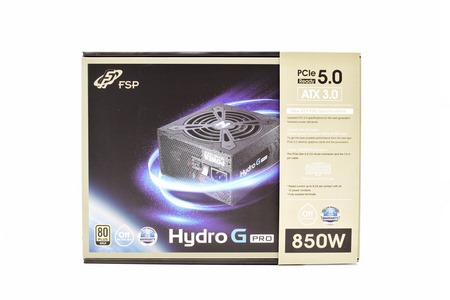
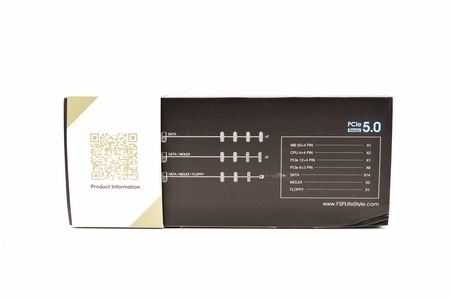
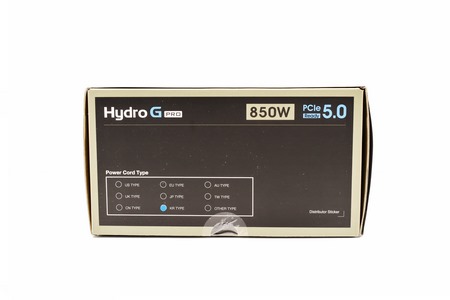
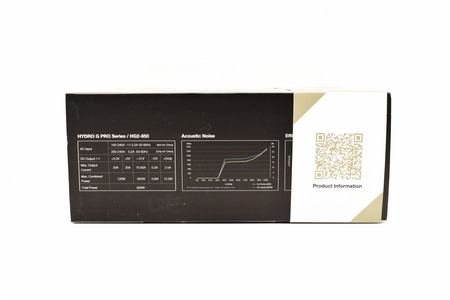
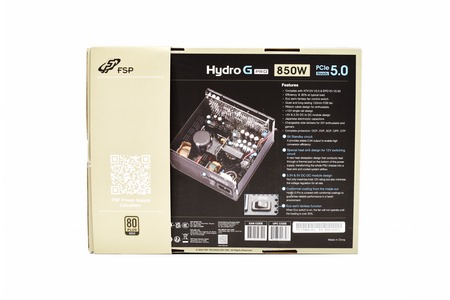
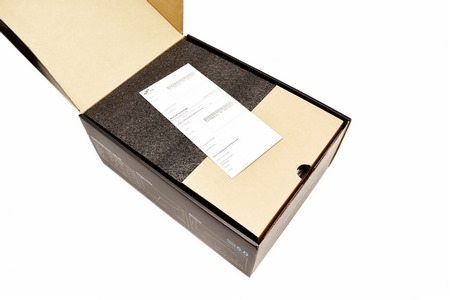
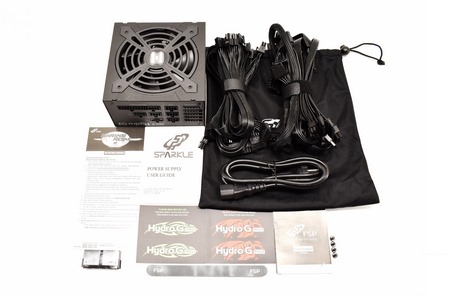
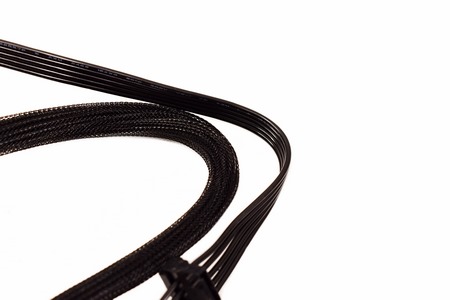
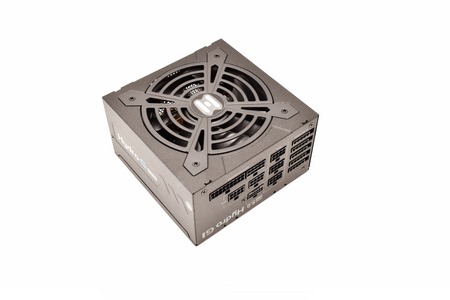
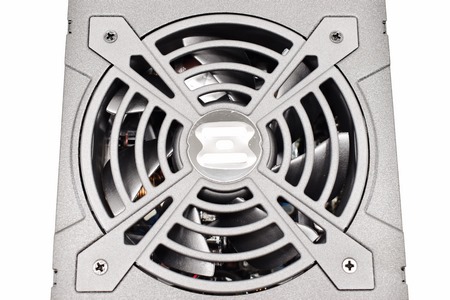
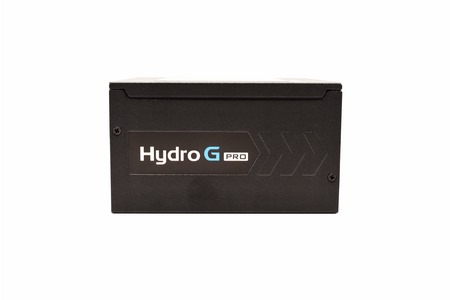
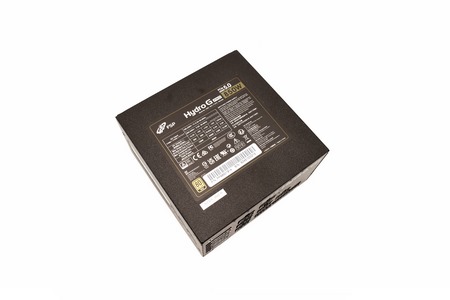
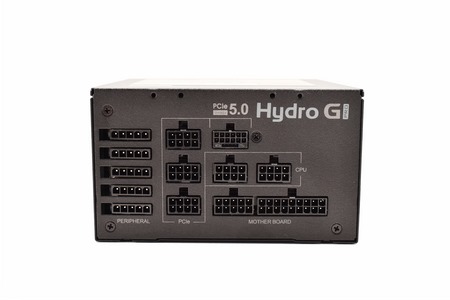
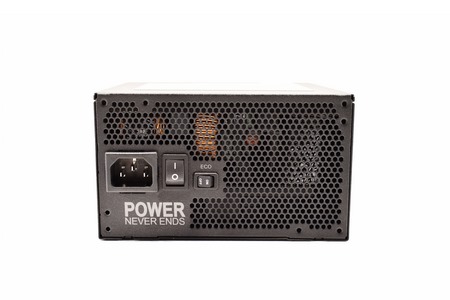
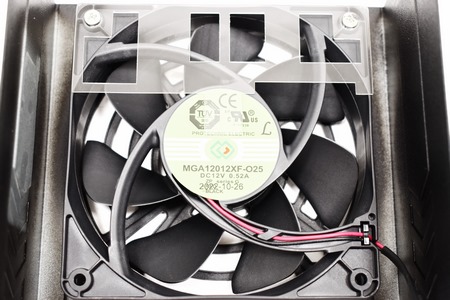
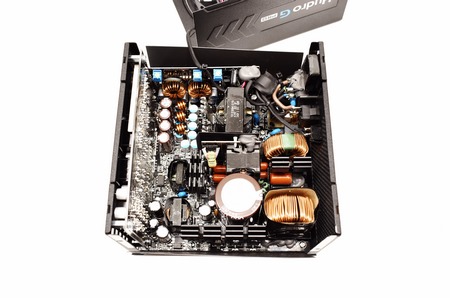
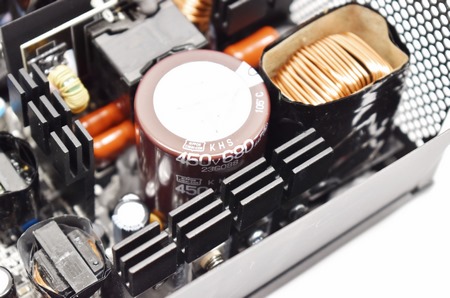
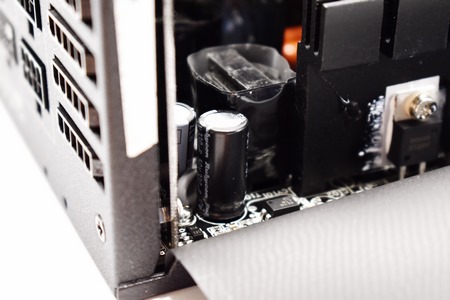
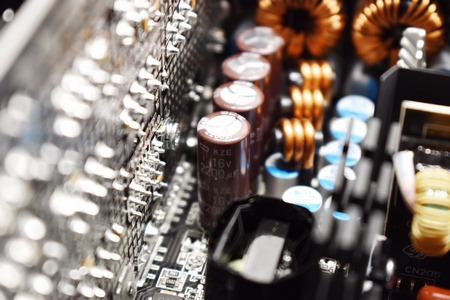


.png)

